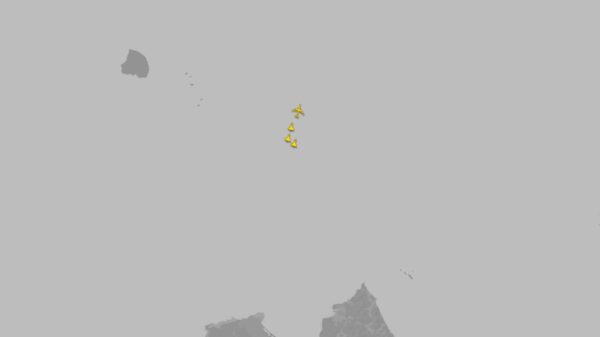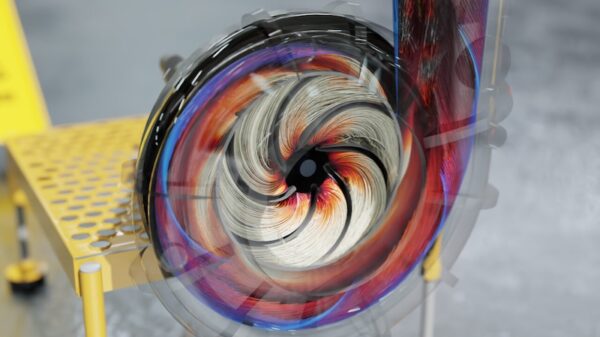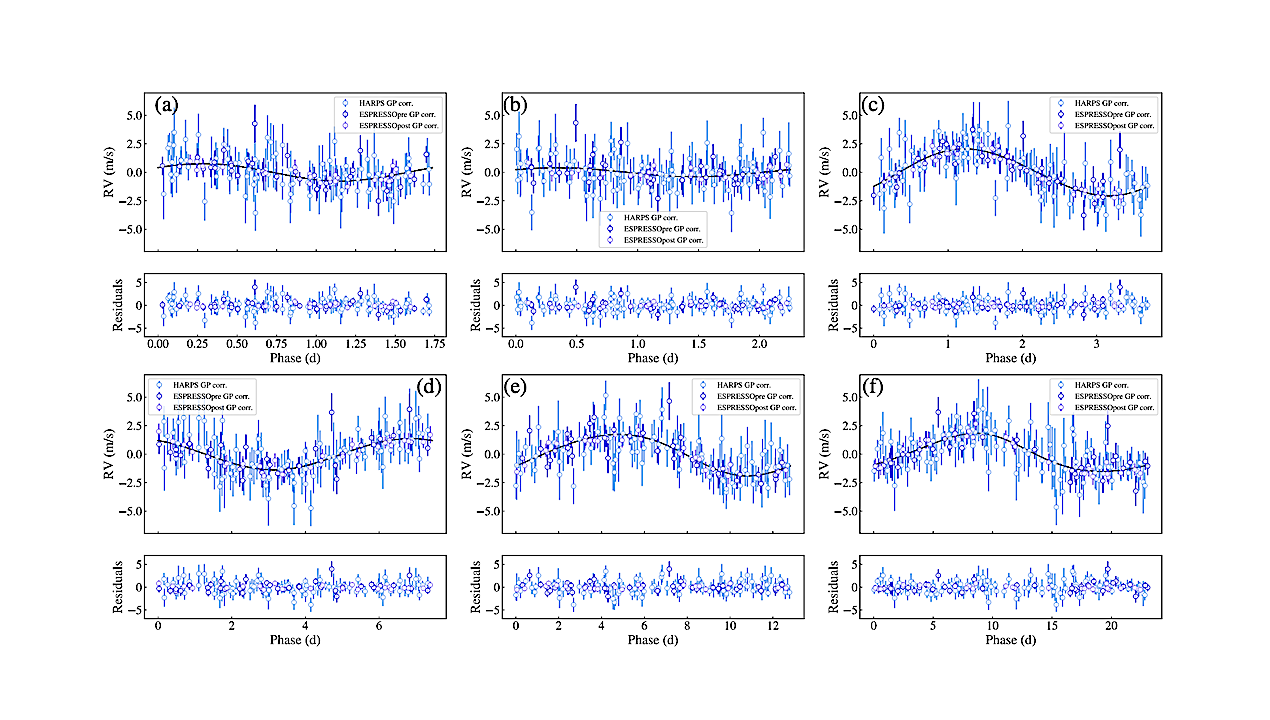Astronomers have confirmed the existence of a fifth planet in the habitable zone of the nearby M dwarf star L 98-59. This discovery, announced on July 8, 2025, enhances the understanding of planetary systems and their formation processes. The study aims to refine the characteristics of this system, particularly focusing on the minimum masses, radii, and orbital parameters of the planets surrounding L 98-59.
The research team, including experts from the Institute for Astrophysics and Geophysics and the Max Planck Institute for Solar System Research, utilized a comprehensive approach to analyze data. They reexamined radial velocity (RV) and stellar activity data from the HARPS and ESPRESSO instruments, along with transit data from the TESS and HST missions. This joint model allowed them to thoroughly sample the parameter space using the dynesty nested sampler.
The confirmed fifth planet exhibits an orbital period of 23.07 ± 0.08 days and a minimum mass of 3.0 ± 0.5 M, with an effective temperature of approximately 289 K. This significant finding highlights the potential for habitability in this region of space. In addition to confirming the fifth planet, the researchers identified a new candidate planet, designated L 98-59.06, which shows an orbital period of 1.7361 +0.0007 −0.0008 days and a minimum mass of 0.58 ± 0.12 M. The statistical significance of this candidate ranges between 2.9σ and 4.2σ, depending on the modeling of stellar variability.
The team also presented findings indicating a stellar rotation period of 76 ± 4 days, which further contributes to understanding the dynamics within this system.
This research is currently under review with the journal Astronomische Nachrichten and is documented in a comprehensive study comprising 22 pages, including 9 figures in color, 7 supplementary figures in black and white, and 6 tables. The insights gained from studying systems like L 98-59 are critical, as only 40 exoplanetary systems with five or more planets have been identified to date. These systems offer invaluable opportunities to explore planetary formation and interactions.
As the field of astrophysics continues to evolve, findings such as these pave the way for deeper investigations into the possibility of life beyond our solar system. Researchers remain optimistic about the potential for future discoveries in this intriguing corner of the universe.



































































